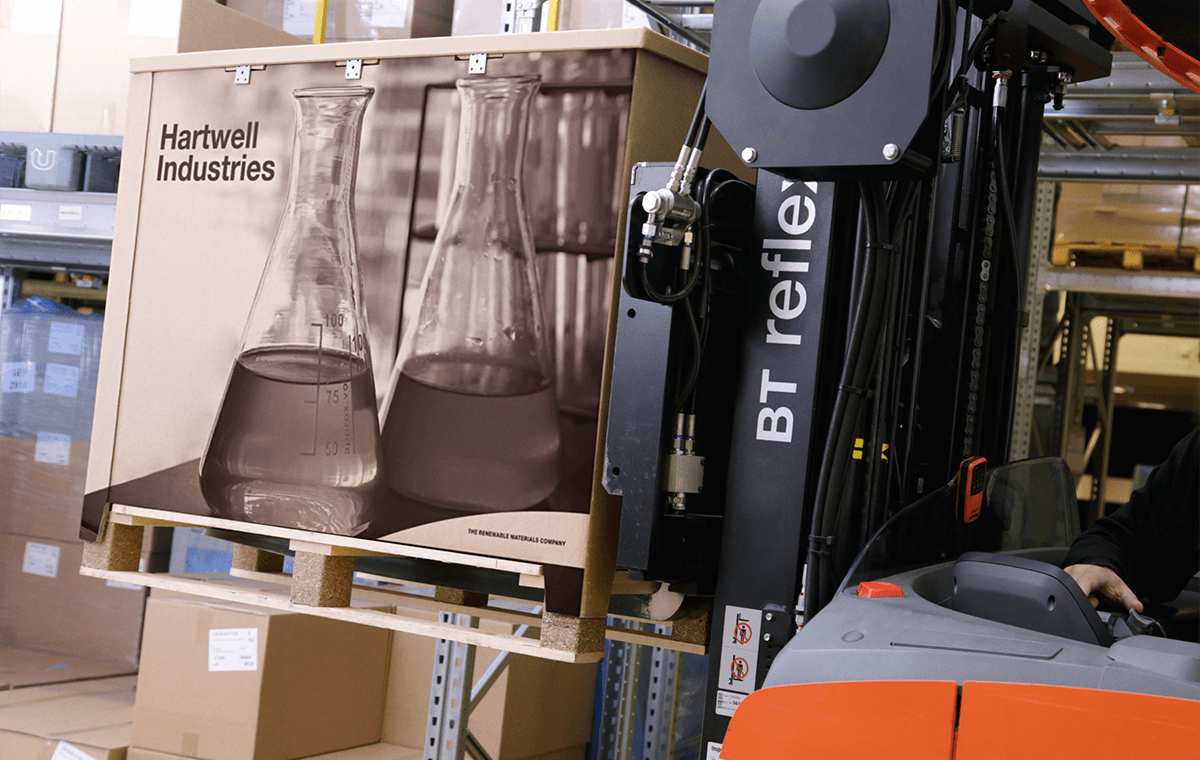Metallic May: Industrial Metal Packaging Solutions Redefined
Metallic May: Industrial Metal Packaging Solutions Redefined
Blog Article
Efficient Industrial Recycling Solutions for Lasting Product Packaging: A Comprehensive Guide
That's where this extensive guide on reliable commercial recycling options for sustainable packaging comes in. By discovering crucial areas such as packaging product choice, designing for recyclability, applying reusing facilities, collaborating with recycling partners, and monitoring and measuring reusing success, this overview will certainly equip you with the expertise and tools required to make educated choices and drive positive adjustment within your organization. Whether you're a packaging professional, sustainability supervisor, or simply interested in the subject, this overview will provide useful insights and strategies to aid you navigate the globe of sustainable packaging.
Packaging Material Choice
The selection of packaging products plays an essential duty in making sure the sustainability of industrial recycling services. When it involves sustainable packaging, the option of materials is type in decreasing environmental effect and making the most of recycling efficiency. Selecting the best products can aid lower waste generation, preserve resources, and promote a circular economic climate.
Products like cardboard, paper, glass, and specific kinds of plastics can be recycled multiple times without losing their top quality. On the other hand, products that are tough to reuse, such as non-recyclable composites or mixed plastics, can produce obstacles for the recycling procedure and might end up in garbage dumps or burners.
One more factor to consider is using sustainable and biodegradable products. Product packaging made from renewable energies, such as plant-based plastics or biopolymers, can aid minimize dependence on nonrenewable fuel sources and reduce environment change. Additionally, naturally degradable materials break down normally with time, decreasing the buildup of waste in landfills.
Additionally, the weight and quantity of product packaging products ought to be decreased to reduce transportation costs and energy usage. Light-weight products not just require less resources during production but also add to decrease carbon exhausts throughout transport.
Creating for Recyclability
In order to guarantee the recyclability of packaging materials, thoughtful layout is important. Creating for recyclability entails creating packaging that can be conveniently sorted, divided, and refined in reusing centers. One vital facet of making for recyclability is the option of materials. Packaging designers must prioritize using materials that are widely approved for reusing and have developed reusing facilities. Materials such as glass, aluminum, and certain kinds of plastic, like family pet and HDPE, are frequently recycled and must be liked over materials that are expensive or challenging to recycle.
Another important consideration in making for recyclability is the elimination of unnecessary components or products. By reducing the variety of layers, coatings, and extra elements, product packaging can be made simpler and less complicated to recycle. In addition, developers need to aim to decrease using combined materials, as they can complicate the recycling process.

Implementing Recycling Framework
Reliable implementation of recycling facilities is vital for the success of commercial recycling services. Without appropriate facilities in position, the recycling procedure comes to be inefficient and ineffective, preventing the total objective of sustainable packaging.
To carry out recycling infrastructure effectively, several key elements need to be considered. Firstly, there ought to be a well-organized collection system that helps with the separation and collection of recyclable products. This can consist of marked reusing containers in public areas, as well as collaborations with waste management firms for curbside pick-up and sorting.
Once accumulated, the recyclable materials require to be moved to recycling browse around these guys centers in a timely way. This needs efficient logistics and transport networks, ensuring that the products get to the suitable centers immediately.
At the reusing facilities, advanced sorting and handling innovations should be in location to divide various kinds of materials successfully. This includes using automated arranging machines, find more info optical scanners, and hands-on sorting strategies.
Additionally, there need to be a robust market need for recycled products. This can be attained with collaborations with producers and sectors that utilize recycled materials in their manufacturing procedures. Creating a steady market for recycled materials incentivizes the reusing sector and promotes the circular economic climate.
Working Together With Recycling Allies

One key aspect of working together with recycling companions is the establishment of clear communication networks. It is very important to establish open lines of communication to assist in the exchange of information, updates, and responses. This permits both events to remain educated concerning the progression of reusing efforts and resolve any obstacles or concerns that may occur.
In addition, cooperation can include collaborations in designing and executing recycling programs. Reusing partners can give valuable understandings and support in establishing efficient collection systems and determining one of the most suitable recycling technologies. By functioning together, services and recycling companions can optimize the reusing process and decrease waste.
Additionally, collaboration can expand beyond the operational aspects of reusing. It can also incorporate advocacy and education campaigns. By joining pressures, businesses and reusing partners can raise understanding about the value of reusing and advertise the adoption of lasting product packaging practices among consumers and various other stakeholders.
Monitoring and Measuring Recycling Success
To make sure the efficiency of commercial recycling options and the accomplishment of sustainable visit the site product packaging objectives, it is essential for companies and their recycling companions to develop an extensive system for monitoring and determining recycling success (processing company). Determining and tracking reusing success allows organizations to evaluate the impact of their reusing initiatives, determine locations for improvement, and set meaningful targets for future development
One method to track recycling success is with making use of data collection and analysis devices. By accumulating information on the amount of packaging waste created, the percent of waste that is reused, and the kinds of materials being recycled, organizations can acquire important understandings right into their recycling performance. This data can after that be assessed to determine patterns, patterns, and locations of inefficiency.
An additional essential aspect of tracking and measuring recycling success is developing clear and standardized metrics. This allows businesses to contrast their efficiency versus market standards and track their progression in time. Metrics such as reusing rates, waste diversion rates, and greenhouse gas exhausts can supply a measurable measure of an organization's recycling success.

Verdict
Finally, implementing effective industrial recycling options for sustainable packaging calls for careful factor to consider of packaging product option, designing for recyclability, applying recycling framework, working together with recycling partners, and tracking and gauging recycling success. By including these techniques, organizations can add to an extra sustainable and environmentally-friendly technique to packaging, minimizing waste and promoting the circular economic situation.
By discovering essential locations such as packaging product option, developing for recyclability, applying recycling facilities, teaming up with recycling companions, and tracking and measuring reusing success, this overview will certainly furnish you with the knowledge and tools needed to make enlightened choices and drive positive adjustment within your company. Packaging designers ought to focus on the use of materials that are widely accepted for recycling and have actually established recycling facilities.Partnership with reusing companions is vital for the effective execution of commercial reusing solutions and the accomplishment of lasting product packaging objectives. By signing up with pressures, organizations and recycling partners can raise awareness about the value of reusing and advertise the fostering of sustainable packaging practices among customers and other stakeholders.
By gathering data on the amount of packaging waste produced, the percent of waste that is reused, and the kinds of materials being reused, organizations can obtain useful insights into their recycling performance.
Report this page